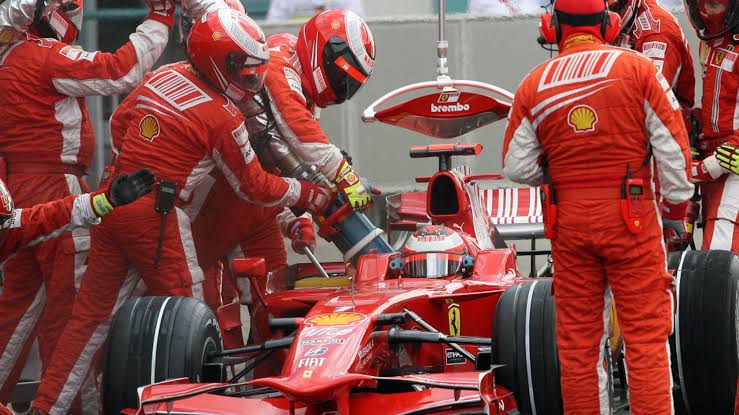
Formula 1 stands on the precipice of a regulatory upheaval that could redefine the strategic DNA of the sport — the resurrection of in-race refueling after a decade and a half in exile. The FIA’s Strategy Group, in a recent high-level summit, dusted off this once-contentious practice as part of an aggressive push to reinvigorate racing spectacle and strategic complexity. What was long dismissed as a relic of a more dangerous, expensive era now teeters on the brink of reinstatement.
When refueling was outlawed in 2010, the decision was heralded as a threefold victory: leaner budgets, enhanced driver safety, and a renewed focus on wheel-to-wheel combat rather than pit-lane theatrics. Yet, as the championship’s competitive equilibrium stagnates and overtaking opportunities remain a thorny issue, stakeholders appear willing to gamble on the drama that only unpredictable fuel strategies can deliver. The modern appetite for high-stakes variability is pushing this proposal from nostalgic fantasy into serious contention.
Early concept discussions go far beyond merely pumping petrol back into the equation. The blueprint under consideration includes expanded autonomy over tyre compound selections, aggressive reductions in vehicle mass, and targeted aerodynamic refinements to create more volatile race dynamics. The vision is audacious — cars that are lighter, quicker, and strategically diverse, forcing teams to pit not just for rubber, but for the lifeblood that powers their machines.
Proponents, including veteran drivers such as Romain Grosjean and Kevin Magnussen, argue that a refueling revival would transform racecraft into a cerebral arms race. Lighter starting fuel loads would enhance tyre longevity, sharpen mechanical grip, and multiply overtaking scenarios. Moreover, the psychological warfare of concealed fuel windows could resurrect the kind of tactical deception that defined some of the sport’s most electrifying eras — where pit boards and split-second decisions decided titles.
Still, the shadow of the past looms large. Detractors caution that reintroducing flammable fuel rigs to the frenzied ballet of pit stops risks reopening safety vulnerabilities the sport worked tirelessly to close. The financial burden of reinstalling infrastructure sits uneasily against F1’s professed commitment to cost containment and sustainability. Whether this would be a daring step toward revitalization or a regressive flirtation with danger remains fiercely debated. For now, the paddock hums with speculation, and the tantalizing question lingers: will the roar of engines soon be accompanied by the hiss of high-octane fuel once more?


